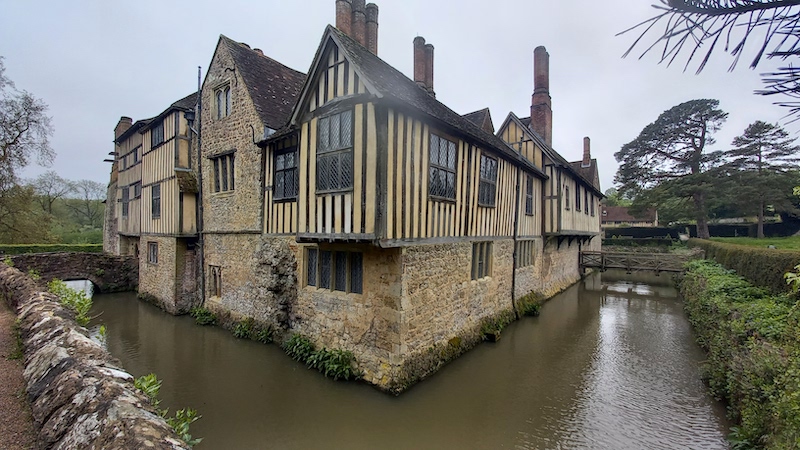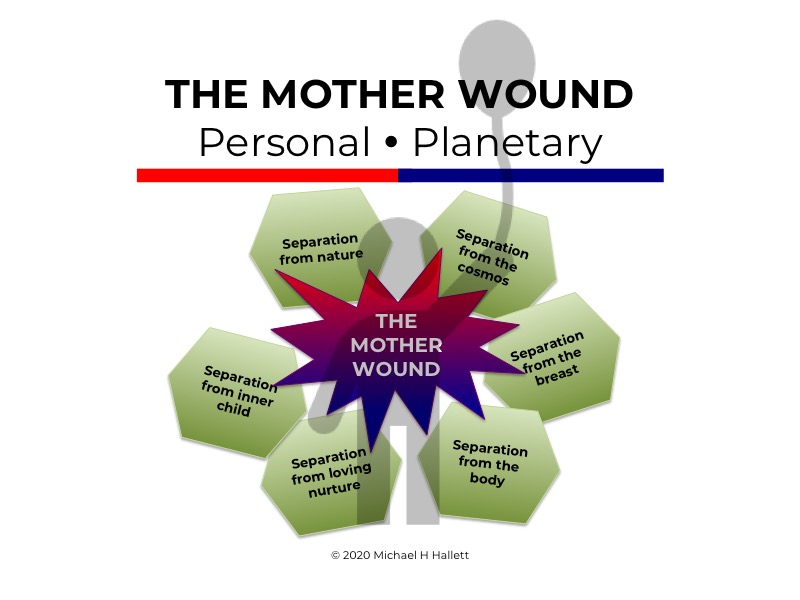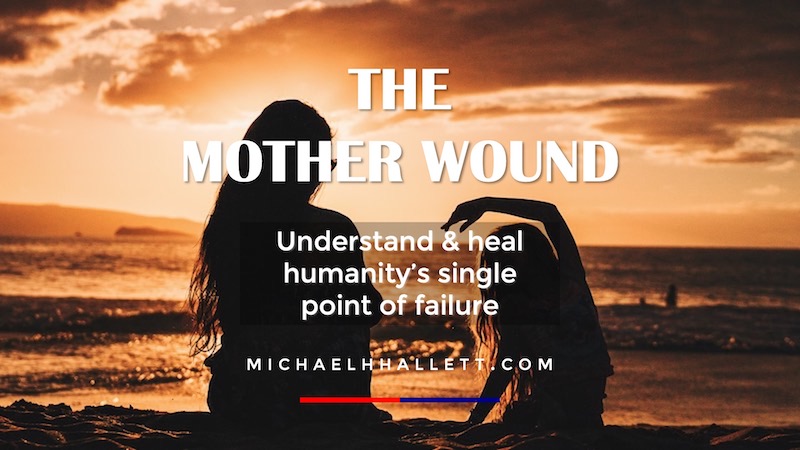The ‘Lost Words’ exhibition reveals our deepening mother wound
- 16 May 2023
- Posted by: Michael H Hallett
- Category: Arts , Mother wound ,

I recently visited the National Trust’s Ightham Mote property in Kent. (It’s pronounced ‘eye-tam’ in case you stalled out on that tongue-twister.) As well as the property’s usual displays, there was a temporary exhibition called ‘The Lost Words’.
The lost words
The exhibition is a collection of poems and paintings that “celebrate the relationship between language and the living world.”
The Lost Words began as a book by artist Jackie Morris and writer Robert Macfarlane. It met with immediate success and has been adapted into several media, including film and puppet theatre. Creative Boom describes its unusual genesis:
“The book was created in response to the removal of the names of plants and animals from children’s dictionaries, a decision that was made under the assumption that children did not use these words in everyday life. In fact, a survey of British primary school children found 8–11-year-olds were ‘substantially better’ at being able to identify types of Pokemon character than species of common UK wildlife.”
The life cycle
The National Trust website notes that, “With children spending less time outdoors, words from the natural world have disappeared from the Oxford Junior Dictionary. Words like ‘broadband’ and ‘chatroom’ have replaced others describing the natural world, like ‘bramble’ and ‘conker’.”
It’s not just children who are becoming less articulate about the natural world. In English Pastoral, James Rebanks writes that “Most people are now largely illiterate when it comes to agriculture and ecology.”
The decrease in time spent in nature is symptomatic of a deeper shift: humanity’s growing unease with the life cycle which forms the heartbeat of all existence. The life cycle is a three-phase process that all life spirals through: generation, degeneration, and regeneration.
I describe this in We’ve rejected the dark side of the life cycle, and that is what ails us:
“This cycle can be split into two halves—its light and dark sides.
The light side of the life cycle is the outer, more visible side. Its colour is green. New spring growth. Blossom. Daffodils poking through snow. A stream twinkling under dappled light. Birds (well, most birds) flitting and twittering. Small furry animals. Cat videos on Facebook. Cute kittens and puppies. Dazzling tropical fish…
The dark side is the inner, less visible—or even invisible—side. Its colour is brown. Autumn leaves falling and turning to mould. Barren fields in winter. Worms. Bacteria. Vermin. Vultures and other carrion birds. Scavengers. Rats and mice. Bodily functions. Excrement.”
The mother wound
The disconnection goes deeper still, yet The Lost Words exhibition lays it bare. It’s what I term ‘the mother wound’—the fundamental separation from nature that humanity underwent due to climate change from around 4000 BC onwards.
The mother wound was caused by long-term drought in the Sahara, the Middle East and Central Asia that led to desertification, famine, and competition for resources.
One of the impacts of this shift was what we call environmental stress (or eco-anxiety). People who once lived in close connection with nature felt shocked and betrayed as once-fertile land dried up, and food and water sources vanished.
 The removal of nature-based words from the Oxford Junior Dictionary shows clearly how the mother wound is gradually surfacing through a way of life that’s increasingly disconnected and distant from the reality of nature.
The removal of nature-based words from the Oxford Junior Dictionary shows clearly how the mother wound is gradually surfacing through a way of life that’s increasingly disconnected and distant from the reality of nature.
This is one of the six core aspects, or fragments, of the mother wound.
The Lost Words—both the book and exhibition have struck a chord with adults. Yet how many 8-to-11-year-olds will be drawn back into nature’s fold if the deeper and broader need—the need to expose children to the fullness of the life cycle—isn’t recognised?

